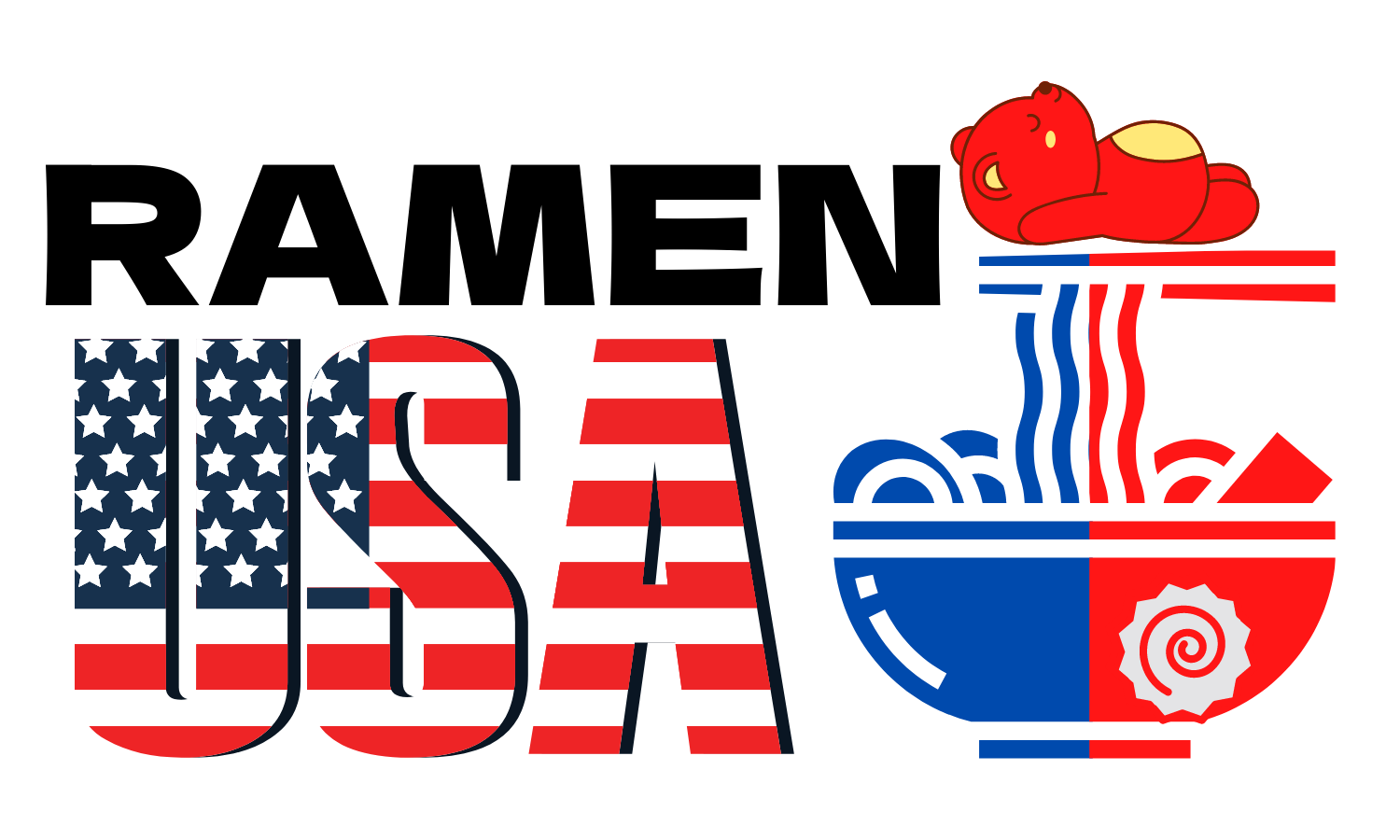Our Mission is to keep our product safe and best quality for customers and consumers
Here are our promises:
1. Ingredient Quality & Freshness
- Daily-Based Supplier Check: Inspect produce, meat, and dairy deliveries on arrival for freshness and packaging integrity.
- FIFO (First In, First Out): Ensure older stock is used before newer deliveries to prevent spoilage.
- Temperature Logs: Check and record storage temperatures (cold storage ≤5 °C, hot holding ≥63 °C).
2. Preparation Standards
- Clean & Sanitized Work Areas: Disinfect surfaces before each prep session.
- Standardized Recipes: Use pre-measured portions to maintain taste and presentation consistency.
- Hand Hygiene: Mandatory handwashing before handling food and after touching raw items.
3. Cooking & Holding
- Core Temperature Check: Use a probe thermometer—poultry ≥75 °C, seafood ≥63 °C, etc.
- Avoid Overcooking: Maintain texture and flavor while meeting safety requirements.
- Proper Holding: Keep hot foods hot, cold foods cold until serving.
4. Packaging & Presentation
- Visual Inspection: Final dish should match presentation guidelines (color, garnish, portion size).
- Sealed & Labeled: Include date, time of preparation, and allergen info.
5. Delivery Quality
- Transport Temperature Control: Insulated carriers or hot boxes for hot meals, refrigerated vans for cold.
- No Delay Policy: Meals delivered within the freshness window.
6. Daily Quality Control Checklist
- Freshness inspection ✅
- Temperature logs ✅
- Hygiene compliance ✅
- Taste test (sample dish from batch) ✅
- Presentation review ✅
Ingredients Awareness:
1. Identify Allergens
Common major allergens (depending on region, e.g., US “Big 9” list):
- Milk
- Eggs
- Fish
- Shellfish (crustaceans)
- Tree nuts
- Peanuts
- Wheat
- Soy
- Sesame
Action: Always check ingredient labels, supplier specifications, and recipes for hidden allergens (e.g., casein in processed foods, soy lecithin in chocolates).
2. Ingredient Control
- Approved suppliers only – make sure ingredient specs are verified for allergen content.
- Ingredient labeling – keep all ingredients in their original packaging or properly labeled containers.
- Allergen documentation – maintain an updated list of all allergens present in your facility or kitchen.
3. Prevent Cross-Contact
- Dedicated utensils, cutting boards, and storage for allergen-containing foods.
- Separate preparation areas when possible.
- Handwashing before and after handling allergens.
- Color-coded equipment (e.g., red tools for allergen prep).
- Clean and sanitize surfaces after working with allergens.
4. Substitution
When possible, use allergen-free alternatives:
- Almond milk → oat or rice milk
- Wheat flour → rice or chickpea flour
- Egg → flaxseed gel or aquafaba
5. Communication
- Menu labeling with clear allergen information.
- Staff training to answer questions accurately and prevent mistakes.
- Allergen alerts in order systems so the kitchen is aware of allergy orders.
6. Record Keeping
- Keep a Food Allergen Control Plan with procedures, ingredient lists, and training records.
- Regularly update when recipes, suppliers, or products change.
